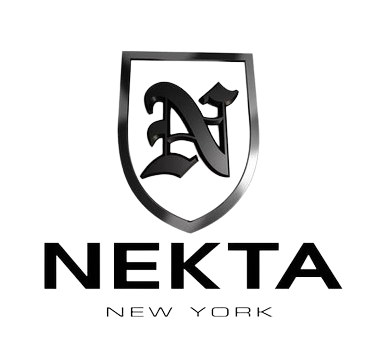Mike Nekta on Tariffs, Technology, and the Future of the New York Diamond District
As a third-generation jewelry dealer based in the heart of New York City’s Diamond District, I’ve witnessed the industry evolve dramatically over the past two and half decades. When I first started my career, most production happened right here in the city. But as international trade agreements and low labor costs made overseas manufacturing more attractive, much of the local production shrank—and the Diamond District itself began to shrink along with it.
Rather than complain, I adapted.
For the past 15 years, I’ve started using in high-tech machinery—what I call “robots”—including CNC and automated diamond-setting machines that allow me to stay competitive while keeping a large portion of production in New York. These aren’t humanoid robots—they’re precision tools that help me match or exceed the speed and quality of overseas workshops without sacrificing craftsmanship.
Today, most my production still happens right here in New York City, in a showroom and workshop just steps away from Times Square and Rockefeller Center. I still rely on global partners in Hong Kong, China, Thailand, Israel, Belgium, and India for certain Gems and specialty cuts, parts or materials—but my heart and foundation remain local.
Now with new tariffs being proposed on jewelry imports from many of these countries, the entire industry is paying attention. These tariffs may raise costs and temporarily disrupt supply chains, especially for entrepreneurs in the community who are deeply involved in jewelry, real estate, and other international trades.
But personally, I don’t believe these tariffs will last forever. This feels more like a negotiation tactic—particularly President Trump’s strategy—where tariffs are used to extract concessions and rebalance trade deals. If the impact becomes more harmful than helpful, I expect them to be revised or rolled back. The country has been operating at a deficit for a while. I’m glad someone’s trying to do something about it.
That said, I also see a real opportunity here.
These policy shifts could spark a revival of domestic jewelry manufacturing, which means the New York Diamond District might stop shrinking and start expanding again. That’s something I care deeply about. My family never liked seeing the Diamond District fade, which is why we converted an old bank space into a new jewelry exchange —creating a space for more than 30 independent jewelry businesses to thrive.
Another thing to note: US business owners—and diamond and gem resellers—have been competing with international dealers for quite a while now, thanks to the internet. But these tariffs might finally help level the playing field. US buyers are going to start paying more attention to goods that are already on this side of the border. That’s ultimately going to be better for the economy—and for the time being, it’s going to give us a nice boost.
Entrepreneurs don’t sit back. We adapt. We build. And we seize opportunities in any environment.
Whether I’m crafting a 10-carat GIA-certified ring or developing tech-driven manufacturing processes, my mission is clear: bring value, precision, and integrity to the jewelry world while helping rebuild the beating heart of New York’s jewelry industry.
